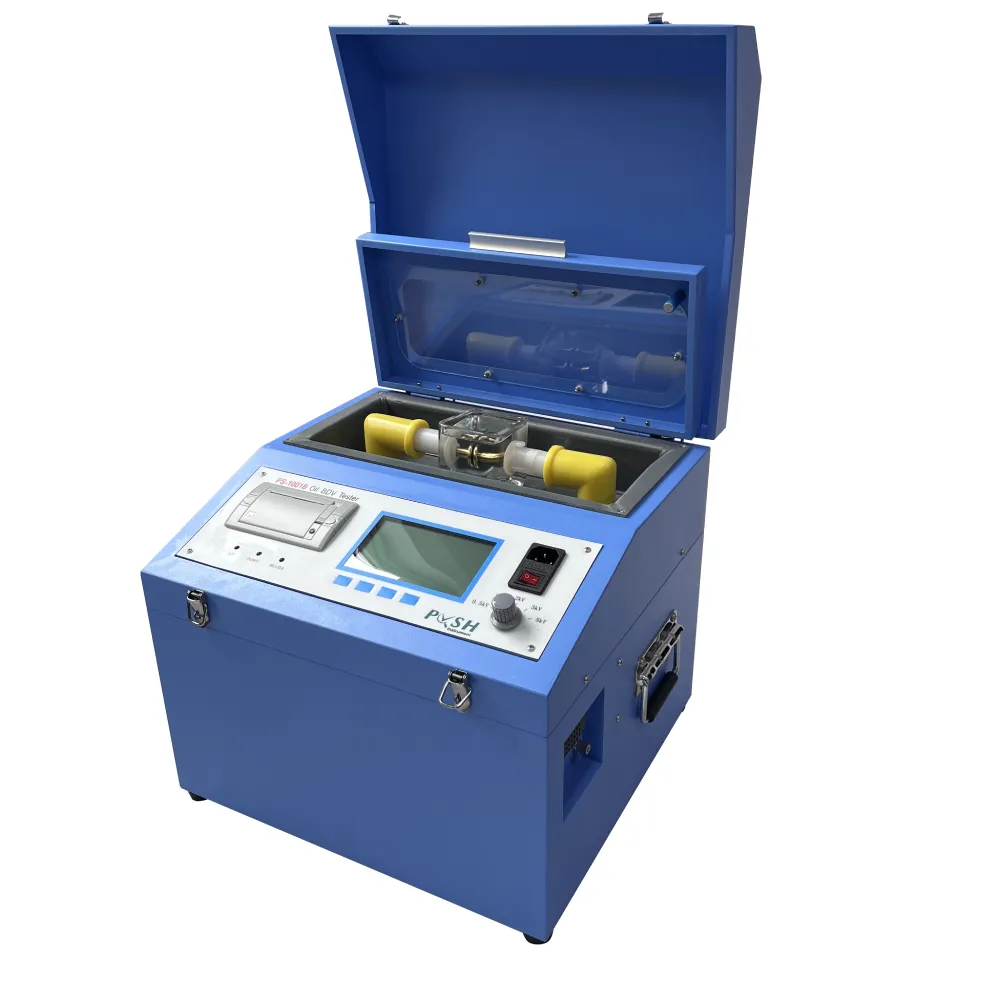 English
English



-
 Afrikaans
Afrikaans -
 Albanian
Albanian -
 Amharic
Amharic -
 Arabic
Arabic -
 Armenian
Armenian -
 Azerbaijani
Azerbaijani -
 Basque
Basque -
 Belarusian
Belarusian -
 Bengali
Bengali -
 Bosnian
Bosnian -
 Bulgarian
Bulgarian -
 Catalan
Catalan -
 Cebuano
Cebuano -
 China
China -
 China (Taiwan)
China (Taiwan) -
 Corsican
Corsican -
 Croatian
Croatian -
 Czech
Czech -
 Danish
Danish -
 Dutch
Dutch -
 English
English -
 Esperanto
Esperanto -
 Estonian
Estonian -
 Finnish
Finnish -
 French
French -
 Frisian
Frisian -
 Galician
Galician -
 Georgian
Georgian -
 German
German -
 Greek
Greek -
 Gujarati
Gujarati -
 Haitian Creole
Haitian Creole -
 hausa
hausa -
 hawaiian
hawaiian -
 Hebrew
Hebrew -
 Hindi
Hindi -
 Miao
Miao -
 Hungarian
Hungarian -
 Icelandic
Icelandic -
 igbo
igbo -
 Indonesian
Indonesian -
 irish
irish -
 Italian
Italian -
 Japanese
Japanese -
 Javanese
Javanese -
 Kannada
Kannada -
 kazakh
kazakh -
 Khmer
Khmer -
 Rwandese
Rwandese -
 Korean
Korean -
 Kurdish
Kurdish -
 Kyrgyz
Kyrgyz -
 Lao
Lao -
 Latin
Latin -
 Latvian
Latvian -
 Lithuanian
Lithuanian -
 Luxembourgish
Luxembourgish -
 Macedonian
Macedonian -
 Malgashi
Malgashi -
 Malay
Malay -
 Malayalam
Malayalam -
 Maltese
Maltese -
 Maori
Maori -
 Marathi
Marathi -
 Mongolian
Mongolian -
 Myanmar
Myanmar -
 Nepali
Nepali -
 Norwegian
Norwegian -
 Norwegian
Norwegian -
 Occitan
Occitan -
 Pashto
Pashto -
 Persian
Persian -
 Polish
Polish -
 Portuguese
Portuguese -
 Punjabi
Punjabi -
 Romanian
Romanian -
 Russian
Russian -
 Samoan
Samoan -
 Scottish Gaelic
Scottish Gaelic -
 Serbian
Serbian -
 Sesotho
Sesotho -
 Shona
Shona -
 Sindhi
Sindhi -
 Sinhala
Sinhala -
 Slovak
Slovak -
 Slovenian
Slovenian -
 Somali
Somali -
 Spanish
Spanish -
 Sundanese
Sundanese -
 Swahili
Swahili -
 Swedish
Swedish -
 Tagalog
Tagalog -
 Tajik
Tajik -
 Tamil
Tamil -
 Tatar
Tatar -
 Telugu
Telugu -
 Thai
Thai -
 Turkish
Turkish -
 Turkmen
Turkmen -
 Ukrainian
Ukrainian -
 Urdu
Urdu -
 Uighur
Uighur -
 Uzbek
Uzbek -
 Vietnamese
Vietnamese -
 Welsh
Welsh -
 Bantu
Bantu -
 Yiddish
Yiddish -
 Yoruba
Yoruba -
 Zulu
Zulu
check the functioning of single phase transformer
Checking the Functioning of Single Phase Transformers
Single phase transformers are essential electrical devices used to step up or step down electrical voltage levels in various applications. Their functionality is pivotal in residential and commercial settings, where they play a crucial role in ensuring a stable and efficient power supply. However, like any other electrical equipment, transformers require regular checks and maintenance to ensure that they operate effectively. This article will dive into the ways to check the functioning of single phase transformers, outlining essential tests and factors to consider.
Understanding the Basics
Before delving into the checking processes, it is important to understand how a single phase transformer works. It consists of two windings, primary and secondary, coiled around a core. When an alternating current (AC) passes through the primary winding, it creates a magnetic field within the core, inducing a voltage in the secondary winding. The voltage transformation between these two windings depends on the turns ratio.
Visual Inspection
The first step in checking the functioning of a single phase transformer involves a thorough visual inspection. Look for signs of physical damage, such as cracks or corrosion on the body and terminals. Ensure that the connections are tight and free from any signs of overheating like burnt marks or discoloration. Inspect the insulation and ensure there are no cracks or signs of wear that could lead to electrical faults.
Electrical Testing
After visual inspection, electrical tests are crucial to assess the condition of the transformer
. Here are several essential testscheck the functioning of single phase transformer

1. Primary and Secondary Voltage Measurement Use a voltmeter to measure the voltage at both the primary and secondary sides of the transformer. Compare these readings with the rated specifications. The secondary voltage should reflect the expected transformation from the primary voltage, according to the turns ratio.
2. Insulation Resistance Test This test checks the integrity of the insulation between the windings and the ground. Using an insulation resistance tester, measure the insulation resistance. A reading lower than recommended (usually below 1 MΩ) indicates potential insulation failure.
3. Turns Ratio Test Utilize a turns ratio tester to verify that the turns ratio corresponds to the manufacturer’s specifications. This test helps identify any issues with the winding that could affect the voltage transformation capability.
4. Load Test If possible, conduct a load test to check the transformer’s ability to perform under operational conditions. Monitor the voltage and current on both sides while the transformer is loaded. Look for any significant voltage drop that could indicate internal problems.
Monitoring Temperature
Temperature monitoring is also critical to the functioning of single phase transformers. Excessive heat can lead to insulation failure and reduced lifespan. Employ thermocouples or infrared thermometers to monitor hotspots in and around the transformer. Make sure the operating temperature remains within the manufacturer’s specified limits.
Conclusion
Regular checks on single phase transformers are essential for maintaining their functionality and ensuring a stable power supply. Through visual inspections and various electrical tests, potential problems can be identified and addressed before they escalate into more serious issues. Keeping a close watch on these vital components not only prevents unexpected failures but also enhances the overall efficiency of the electrical systems they serve.
-
Testing Equipment Industry Sees Major Advancements in 2025: Smart & Precision Technologies Lead the WayNewsJun.06,2025
-
Applications of Direct Current Generators in Renewable Energy SystemsNewsJun.05,2025
-
Hipot Tester Calibration and Accuracy GuidelinesNewsJun.05,2025
-
Digital Circuit Breaker Analyzer Features and BenefitsNewsJun.05,2025
-
Benefits of Real-Time Power Quality Monitoring Devices for Industrial EfficiencyNewsJun.05,2025
-
Earth Fault Loop Testing in High-Rise Building Electrical SystemsNewsJun.05,2025



